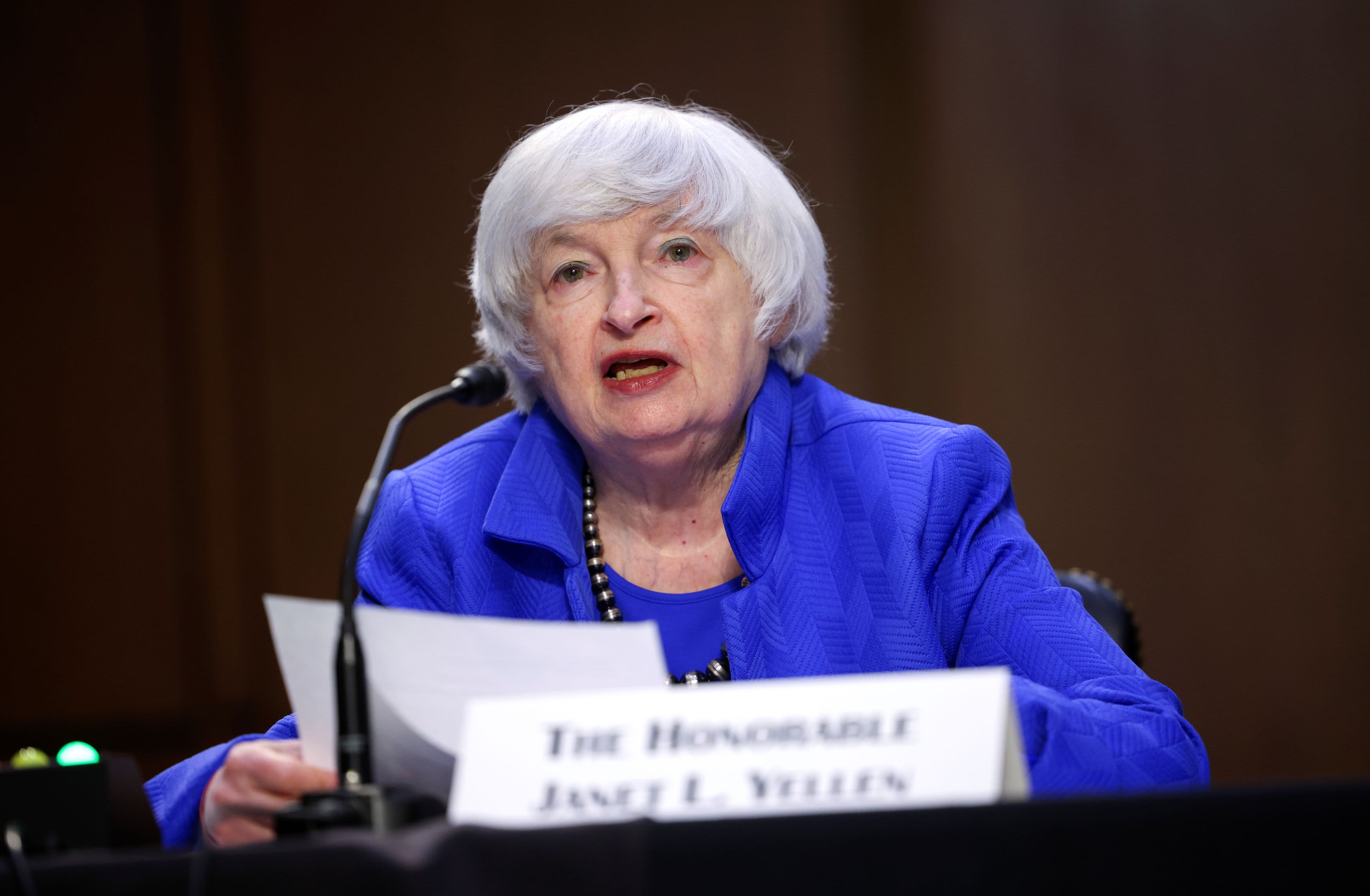
Despite the short-term deal struck between the Republicans and the Democrats in early October, the debt ceiling crisis is far from over.
Congress needs to decide by Dec. 3 if the U.S. government will raise the debt ceiling or default on its loans. But there are other possible solutions besides bipartisan agreement.
The debt ceiling can also be raised by a process known as budget reconciliation. First introduced in 1974, this process can expedite the passage of certain tax, spending and debt-limit legislation. What would otherwise require a 60-vote majority in the Senate to pass would only require 51 votes or 50 votes plus the vice president as the tie-breaker.
“The reason they’re hesitant to do that is that it forces them to specify a dollar amount raised to the debt limit,” American Enterprise Institute senior fellow Phillip Wallach said. “If Democrats move through reconciliation, they’ll have to stick a number into that law and that number is likely to be over $30 trillion now. So they’re worried about the way that looks and the way voters will judge them for that.”
Other solutions are more radical. The president can raise the debt ceiling using the 14th Amendment, which states that “the validity of the public debt of the United States, authorized by law … shall not be questioned.”
But other experts warn that using the 14th Amendment could potentially lead to a constitutional crisis.
“Congress has made it really clear through their actions over the past years that they consider it in their purview to raise the debt ceiling,” Brookings Institute senior fellow in economic studies said. “If the president were to say ‘no, no, no, it’s under my purview to raise the debt ceiling’, you create a crisis about powers of the executive branch versus powers in Congress.”
Then there is the idea of minting a trillion-dollar coin which was first introduced during a similar crisis in 2011. The Federal Reserve generally determines when and how much money the Treasury Department can print. But some scholars have identified a law from 1997 that allows the Treasury secretary to mint and issue platinum coins in any denomination and quantity.
The effectiveness of implementing such a coin is up for debate.
“It’s not a way to assure the governments of the world and the world economy that. we are in fact as risk-free as we’re supposed to be,” Vanderbilt University law professor Yesha Yadav said. “But in the absence of other solutions, it’s certainly a plausible way forward.”
However, AEI’s Wallach warned that, “the fact that it strikes people as so outlandish is not just a small flaw. It’s a real problem because the Treasury Department depends on the confidence of global investors and of the American people. And if it seems to be playing strange games, it could seriously erode that confidence.”
Watch the video to find out more about the current debt ceiling crisis and why it’s such an important matter for the U.S. economy.




